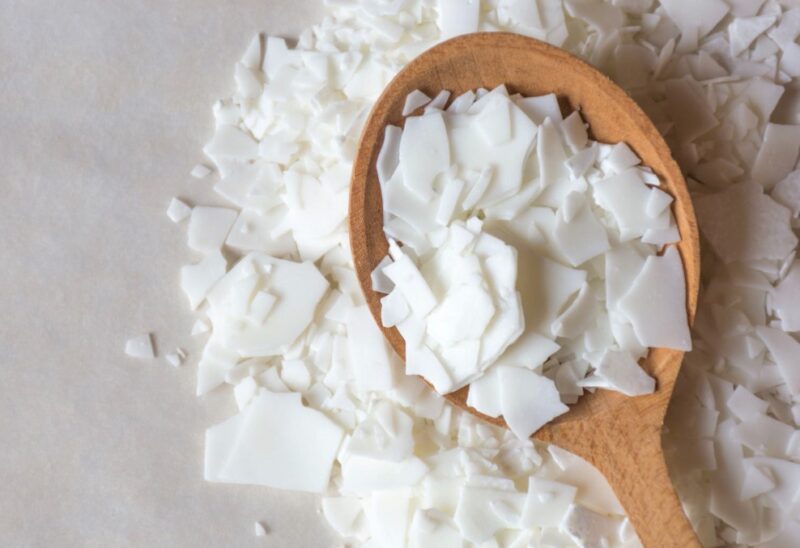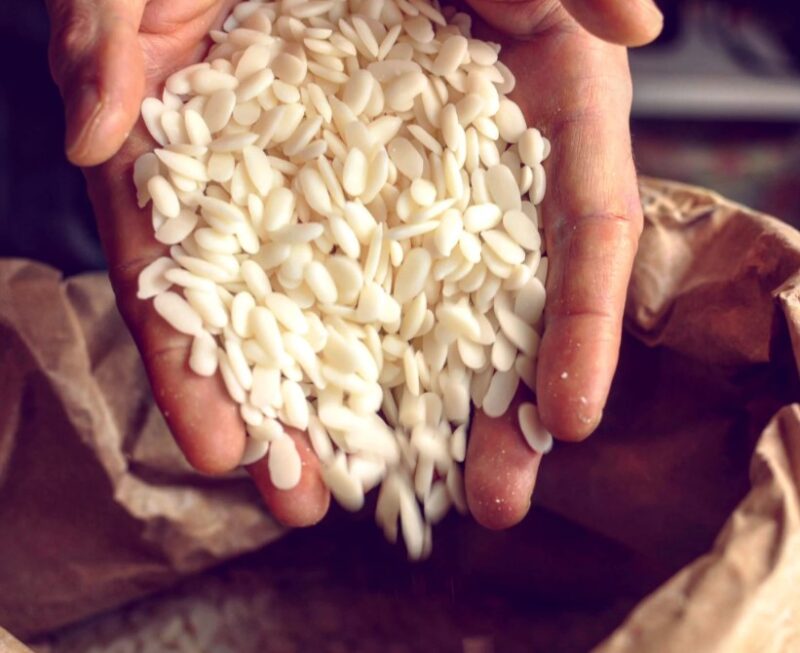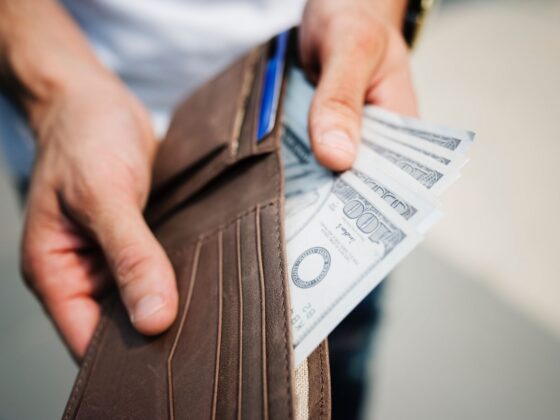Waxes are a diverse group of materials that play a crucial role in many industries, ranging from cosmetics and personal care products to lubricants and coatings.
Despite their seemingly simple nature, waxes possess unique properties that make them indispensable in a wide range of applications.
What Are Waxes?
Waxes are typically solid or semi-solid organic compounds that are insoluble in water but soluble in organic solvents. They originate from natural sources, such as plants or animals, or they can be synthetically produced. Waxes are known for their low melting points, lubricity, and water-repellent properties, making them valuable for various industrial and commercial uses.
Types of Waxes

- Natural waxes ─ These waxes are derived from plant or animal sources and have been used for centuries in various applications.
- Plant-based waxes ─ Examples include carnauba wax (from palm leaves), candelilla wax (from a shrub), and soy wax (from soybeans).
- Animal-based waxes ─ Examples include beeswax (produced by honeybees), lanolin (derived from wool), and shellac (secreted by lac insects).
- Petroleum-based waxes ─ These waxes come from the refining of crude oil and are widely used in various industrial applications.
- Paraffin wax ─ A popular wax used in candles, coatings, and packaging materials.
- Microcrystalline wax ─ Known for its high melting point and used in various coatings, polishes, and cosmetics.
- Synthetic waxes ─ These are man-made waxes designed to have specific properties tailored to different applications.
- Polyethylene wax ─ Used in packaging, coatings, and lubricants because of its low melting point and water resistance.
- Fischer-tropsch wax ─ Produced from synthetic gas and used in various industrial applications, including coatings and inks.
- Specialty synthetic wax ─ Engineered waxes with unique properties for specific applications, such as hot melt adhesives or printing inks.
Applications of Waxes

Waxes have many applications across various industries because of their unique properties. Here are some examples:
- Cosmetics and personal care ─ Waxes are used in cosmetics, skincare products, and hair care products for their emollient, thickening, and water-repellent properties. Examples include lip balms, lotions, and hair waxes.
- Coatings and polishes ─ Waxes are used in floor polishes, furniture polishes, and automotive coatings to provide a protective, shiny finish and water resistance.
- Candles and wax arts ─ Paraffin wax and soy wax are commonly used in the production of candles, while other waxes like beeswax and carnauba wax are used in wax arts and sculptures.
- Packaging and coatings ─ Waxes are used in coatings for paper and cardboard packaging to provide moisture resistance and shine. They are also used in food-grade coatings for fruits and vegetables to extend their shelf life.
- Lubricants and greases ─ Waxes are used as additives in lubricants and greases to improve their performance and extend their lifespan. They are particularly useful in high-temperature or high-pressure applications.
- Printing and inks ─ Waxes are used in printing inks, especially for flexographic and gravure printing, to improve their flow properties and adhesion to various substrates.
- Hot melt adhesives ─ According to the experts at Trecora, specialty synthetic waxes are often used in hot melt adhesives, which are solid at room temperature but become liquid when heated, allowing for efficient bonding in various applications.
Conclusion
As technology advances and new applications emerge, the demand for waxes with specific properties continues to grow. Research and development in wax science aim to create innovative wax formulations tailored to meet the evolving needs of industries worldwide.
Additionally, there is an increasing focus on developing sustainable and eco-friendly wax solutions derived from renewable sources, such as plant-based waxes or bio-based synthetics. With their versatility and unique properties, waxes will undoubtedly continue to play a vital role in shaping the future of countless industries.


